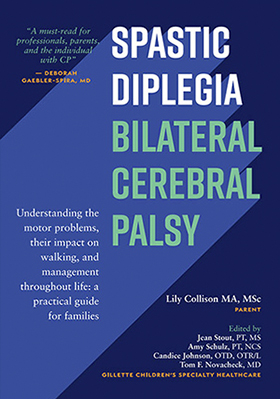Motor function is divided into two types: gross motor function and fine motor function.
- Gross motor function (or gross motor skills or gross motor activities) refers to the movement of the arms, legs, and other large body parts. It involves the use of large muscles. Examples include sitting, crawling, standing, running, jumping, swimming, throwing, catching, and kicking. These movements involve maintaining balance and changing position.
- Fine motor function (or fine motor skills or fine motor activities) refers to smaller movements that occur in the wrists, hands, fingers, feet, and toes. It involves the control of small muscles. Examples include picking up objects between the thumb and forefinger and writing. These movements typically involve hand-eye coordination and require a high degree of precision of hand and finger movement.
The development of gross and fine motor skills is under neurological control (i.e., under the control of the nervous system) and is affected to varying degrees in CP. Gross and fine motor function may improve somewhat without treatment, but treatment is essential to maximize the individual’s motor function as early as possible, hence why early intervention is so important.
Measuring gross motor function
One commonly used method for measuring gross motor function in CP is the Gross Motor Function Measure (GMFM). The GMFM-88 consists of 88 items (skills) that measure a child’s abilities in five areas of increasing gross motor function:
- Lying and rolling
- Sitting
- Crawling and kneeling
- Standing
- Walking, running, and jumping
The 88 items are skills that are well established in typically developing children by the age of five. A web link to the full 88 GMFM items is included at the end. It is worth consulting because it gives you an idea of the skills that exist beyond independent walking (item 69 on the GMFM). They include: stepping over obstacles, kicking ball, running, jumping, and stair climbing. These skills involve balance. The assessment is completed (usually by a physical therapist) with the child in bare feet, i.e., without walking aids, orthoses, or shoes. (The assistance these supports provide can be checked by repeating the assessment with them. A child may be able to walk with orthoses, shoes, and crutches for support, for example, but not without them.) Most children with even mild CP fail to complete all items.
The results for each item are then totaled and expressed as a percentage of the maximum possible score. The higher a child’s gross motor function, the higher their GMFM-88 score. There is also a shorter, 66-item version called the GMFM-66. The GMFM-66 requires software to compute the result. It is scored 0–100.
In relation to the ICF, the GMFM measures skills at the activity level. GMFM is a measure of what the child can do, not how well they do it. For example, item 69 tests whether the child can walk forward 10 steps, not how well they walk that distance. (In addition, as noted above, the child may not be able to walk the distance in bare feet but may be able to walk it with an aid, such as crutches.)
As a parent, I never thought too much about walking. My two older children walked before their first birthdays and developed running and jumping skills without my ever having to notice or think about them. It is only when there is a problem that we begin to think about what walking actually involves.
The reason I include so much information on gross motor function is to ensure that readers understand what it means to improve gross motor function. It’s about more than merely achieving the gross motor milestones: a small increase in gross motor function, as measured by the GMFM, can have a big effect on the child’s life.
Useful web link
CanChild (2013) GMFM Score Sheet. (pdf)
The above is an extract from Spastic Diplegia–Bilateral Cerebral Palsy available here.


